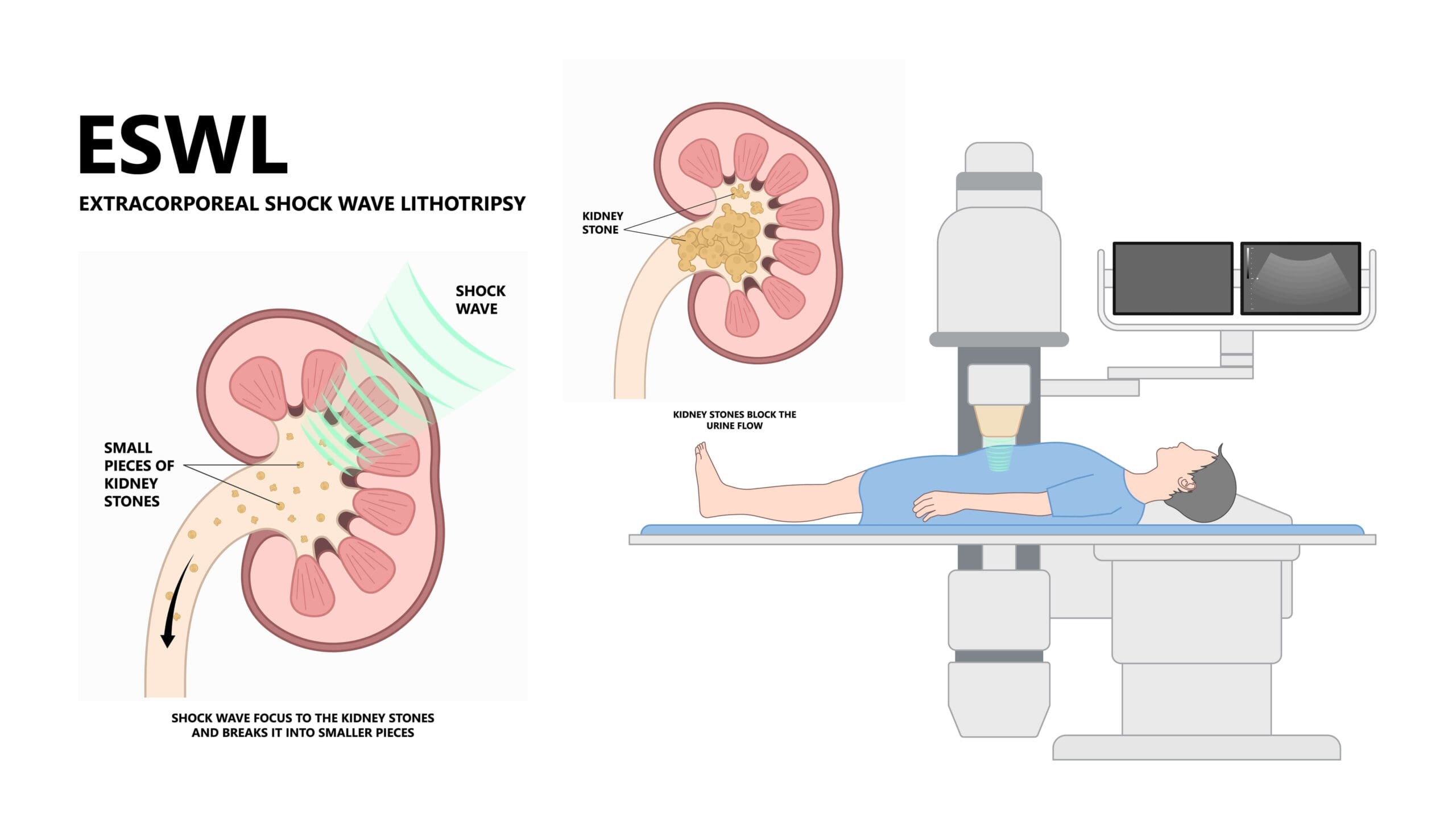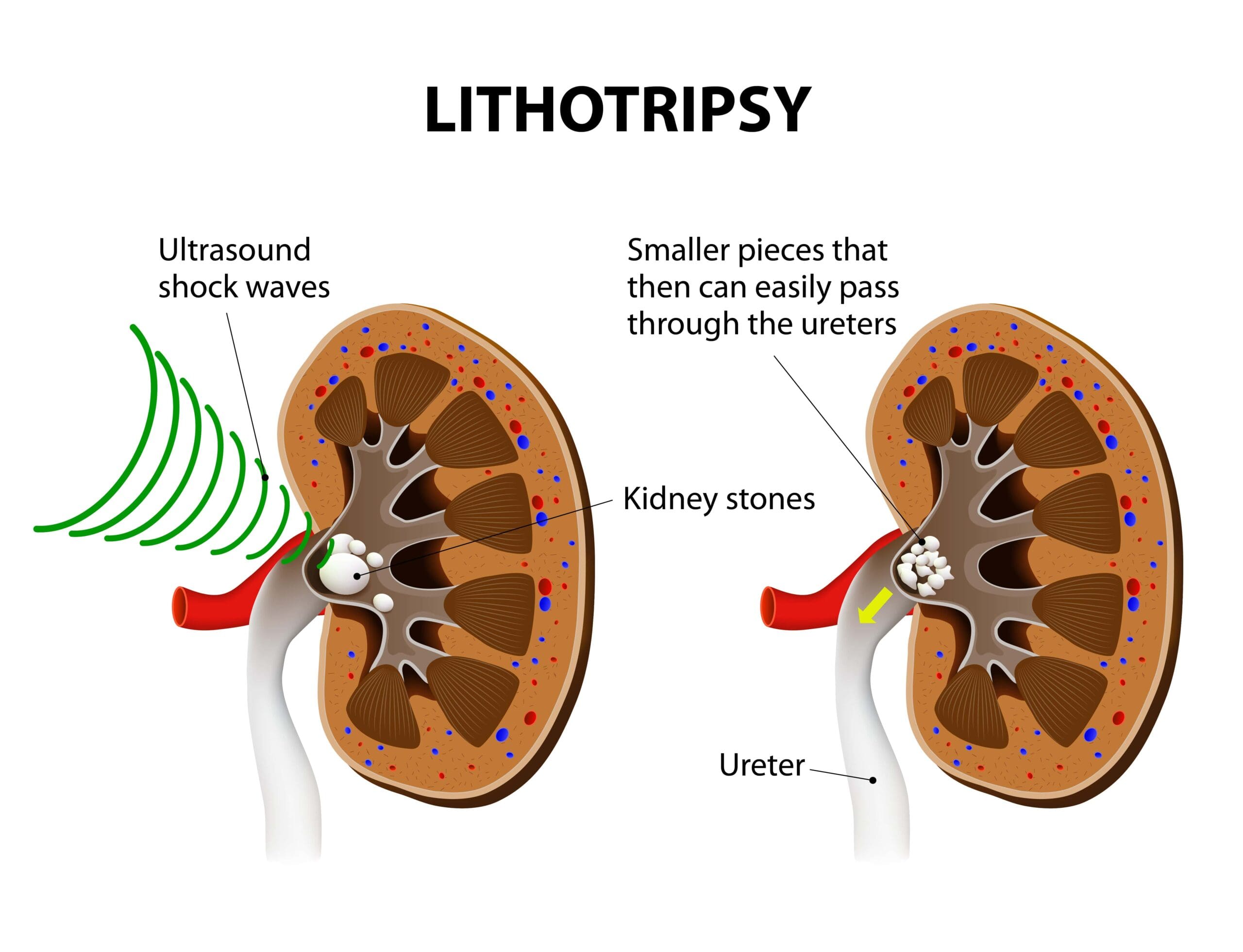Dr. Matthew Schwenke will no longer be practicing interventional radiology at IR Centers at Urology Partners of North Texas. To ensure that your medical care continues seamlessly, your ongoing care will be transitioned to another physician within our practice. You may schedule appointments directly by contacting our office at 682-888-0886 or via the link on the website. Your medical records will remain securely within the practice, so there is no additional step required on your part unless you wish to request a transfer elsewhere.
- UPNT clinics will open at a delayed time at 10 AM on 11/11-23 Secondary to the ice storm. we will continue to update on the website as conditions may change.
- UPNT clinics will open at a delayed time at 10 AM on 11/11-23 Secondary to the ice storm. we will continue to update on the website as conditions may change.
- UPNT clinics will open at a delayed time at 10 AM on 11/11-23 Secondary to the ice storm. we will continue to update on the website as conditions may change.
Menu
- UPNT clinics will open at a delayed time at 10 AM on 11/11-23 Secondary to the ice storm. we will continue to update on the website as conditions may change.
- UPNT clinics will open at a delayed time at 10 AM on 11/11-23 Secondary to the ice storm. we will continue to update on the website as conditions may change.
- UPNT clinics will open at a delayed time at 10 AM on 11/11-23 Secondary to the ice storm. we will continue to update on the website as conditions may change.
Menu


